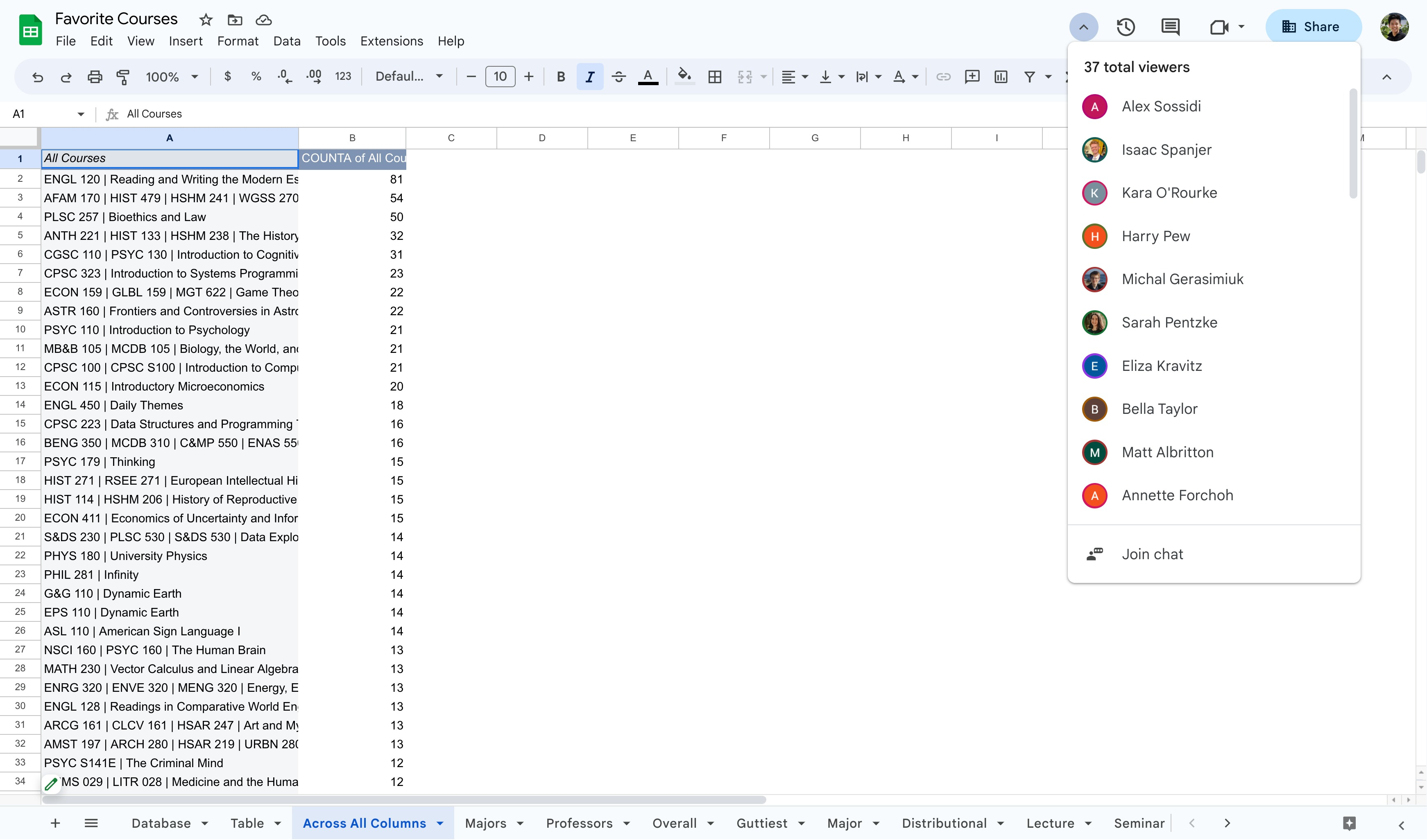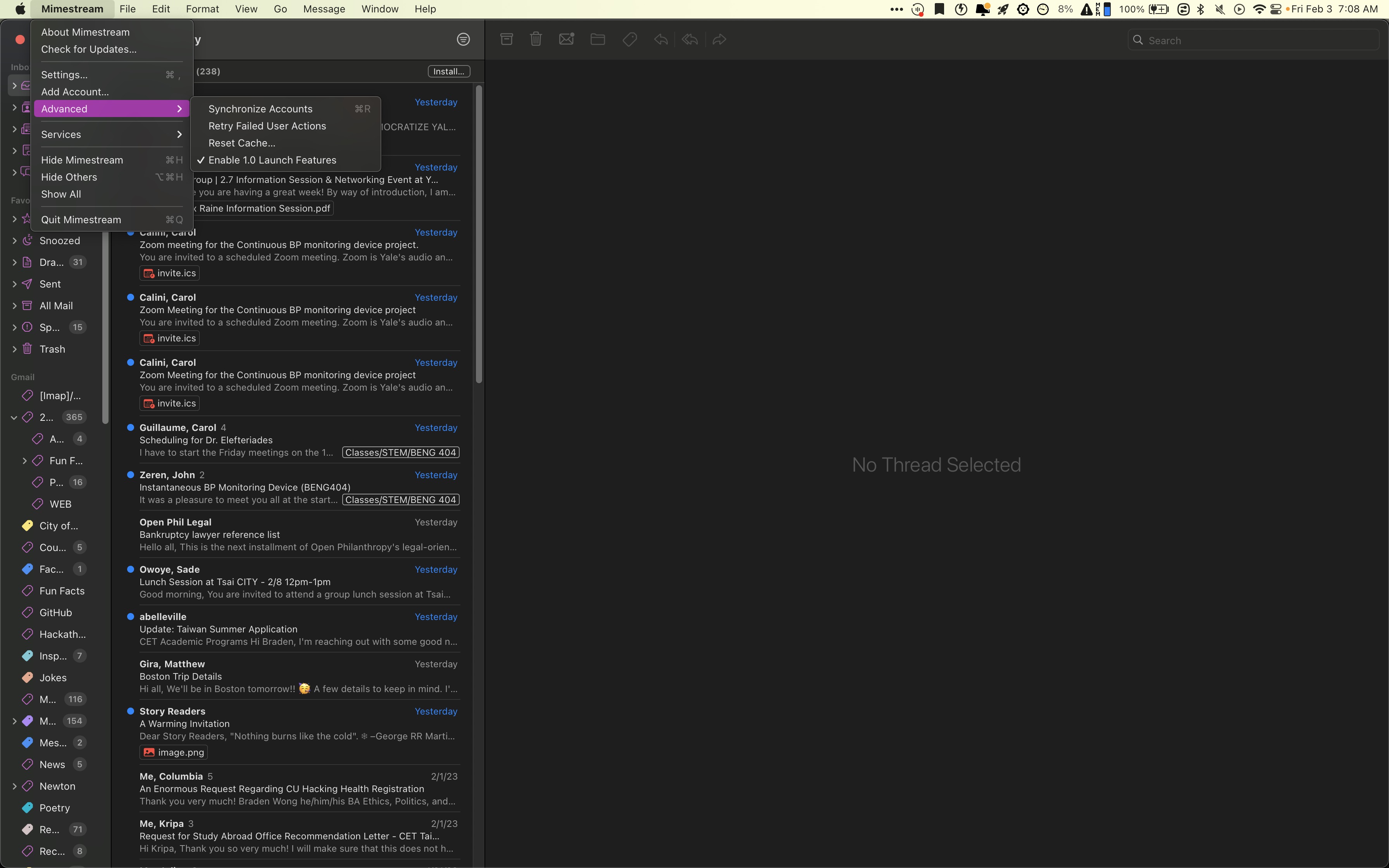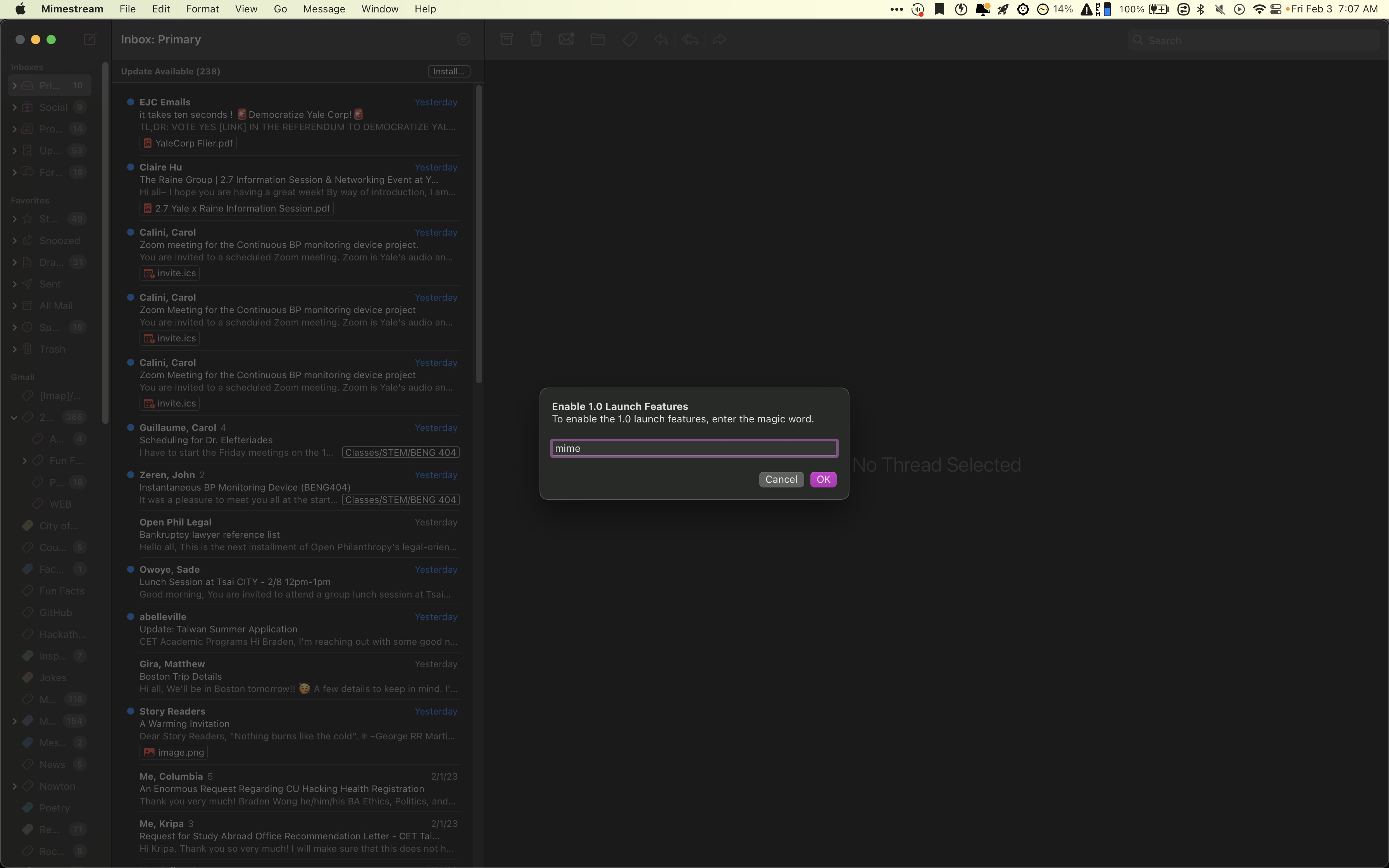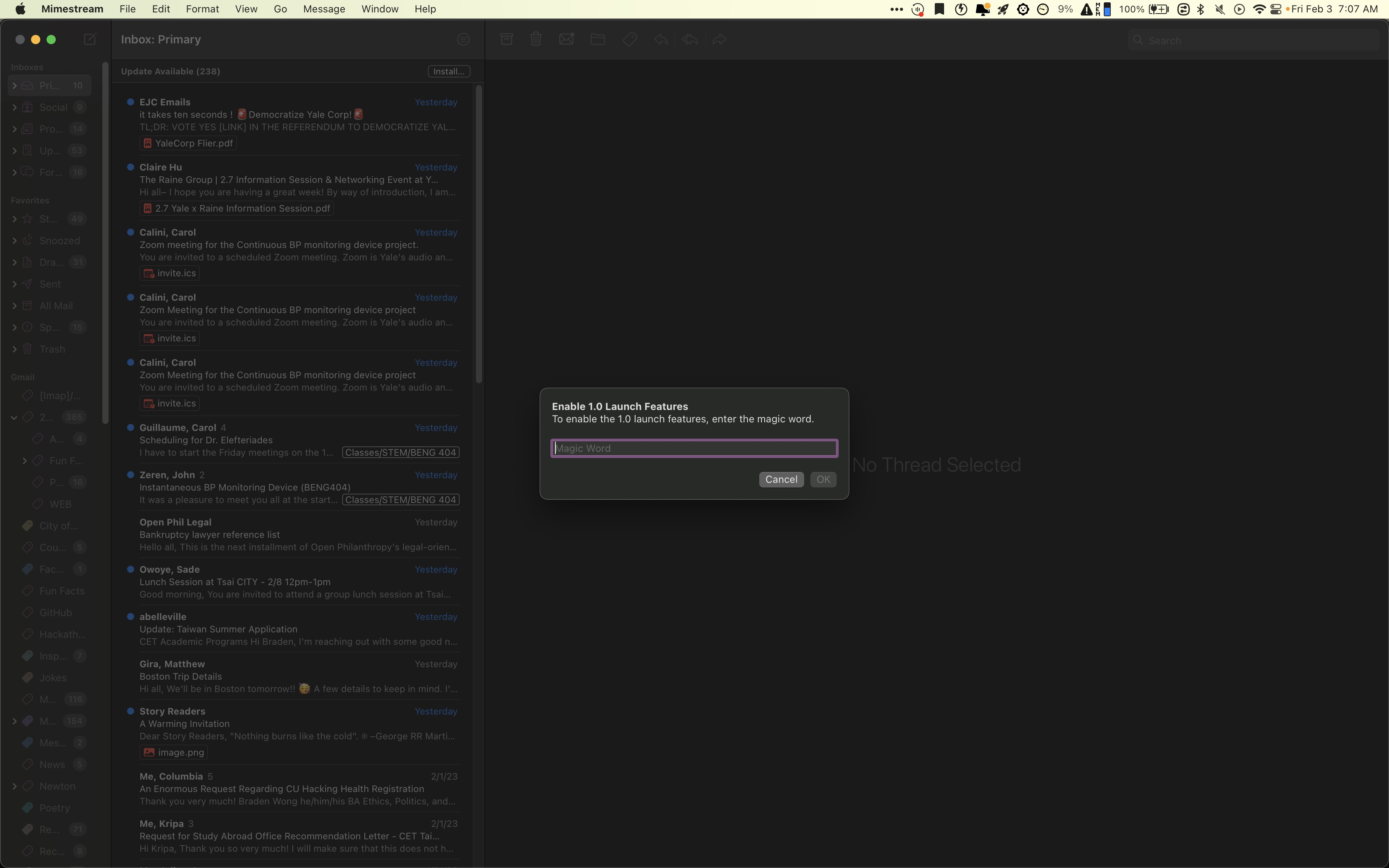Email with Yale Course Superlatives results
Subject: Yale Course Superlatives Results 📘
Hey everyone!
Thank you again for completing the Yale Course Superlatives Survey. We have over 350 responses and 2500 courses filled out! 🚀
Here is a breakdown of the responses:
- All responses (feel free to search your friends!)
- Favorite professors (the most useful page in my opinion)
- Overall favorites
- Guttiest
- Favorite Major Courses
- Favorite Distributional Requirements
- Best Lectures
- Best Seminars
- Aggregate courses across all categories 3-8
- Breakdown of majors in responses
2-10 are pivot tables, descending by frequency. Favorite professors are, in my opinion, the most important page to look at (see Bluebooking for Happiness).
I will be expanding this project in the future, such as integration with Yalies.io to filter results by grade. If any of you are currently interested in data science, feel free to ping me and I would be happy to share the dataset!
Blog Post and Substack
You can also see a detailed blog post of how it was made here:
https://bradenwong.com/articles/announcing-the-release-of-course-superlatives/
This project was more difficult than it seems, and you can see some of my thought processes there!
If you would like to keep in touch, you can also join my Substack—I will be posting articles there about college, productivity, and life during the upcoming summer!
Cheers!








